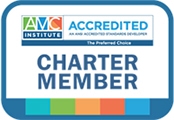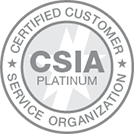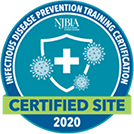Does your non-profit organization have a Board of Directors, or a board of directors? A Chairman, chairman, or Chairperson? Have you read through your program materials noting a cornucopia of a.m., am, and AM next to session times? It’s time to stop the madness!
We’ve talked a lot about branding guides, which AH has been developing for client partners for some time. These guides help you ensure that staff, volunteers, and vendors are all using the same fonts, colors, and logos to communicate about your organization. However, when you’re contemplating the merits of using a serial comma, or whether you write phone numbers with parenthesis around the area code, a branding guide will get you only so far. These kinds of inconsistencies plague the communications of organizations large and small. Nailing down exactly what is capitalized, how you write URLs, and how to handle writing out pesky numbers will only lend to your organization’s professionalism. What you need, friends, is a style guide.

How to Develop a Style Guide
1. Start a log.
Remember that conversation you had with your membership coordinator about hyphenating Post-Doctoral Members? Write that down. Or the time you decided that, once and for all, it was going to be “9 a.m.” not “9:00 AM”? That should go in the same document. Over time, you’ll compile a list that will define your organization’s style, and serve as the foundation of your style guide.
2. Formalize it.
Format the log you’ve developed in to a formal document with your organization’s logo. Specify when this document should be referenced (marketing emails, your newsletter, letters to membership).
3. Share it liberally.
The only way a style guide is effective is if people use it. To use it, they have to know about it. Share the style sheet with new staff and volunteers, and make sure to include it as a periodic reminder until referencing the style sheet becomes part of the communications process at your organization.
4. Revisit it often.
The editorial team at National Geographic meets quarterly to review their style guide, make additions and changes, and redistribute it to everyone at the company. While you may not need that high of a frequency, it’s highly likely that over time, new questions may come up that would be useful to add to the style guide.
5. Assign ownership.
Whether it’s you or someone else on your team, a style guide needs an owner. This person would be responsible for taking note of conversations about style, making additions, and redistributing it to others. The style guide may also become a living document that others can modify, but assign a short-term owner to implement using and updating the guide until it becomes second nature for your non-profit organization.




